How to see the Eta Aquariid meteor shower in Australia
This year’s Eta Aquariid meteor shower is set to be extra special as Jupiter sends the space dust left by Halley’s comet in a closer direction to Earth – and Australia is in a prime position to see it
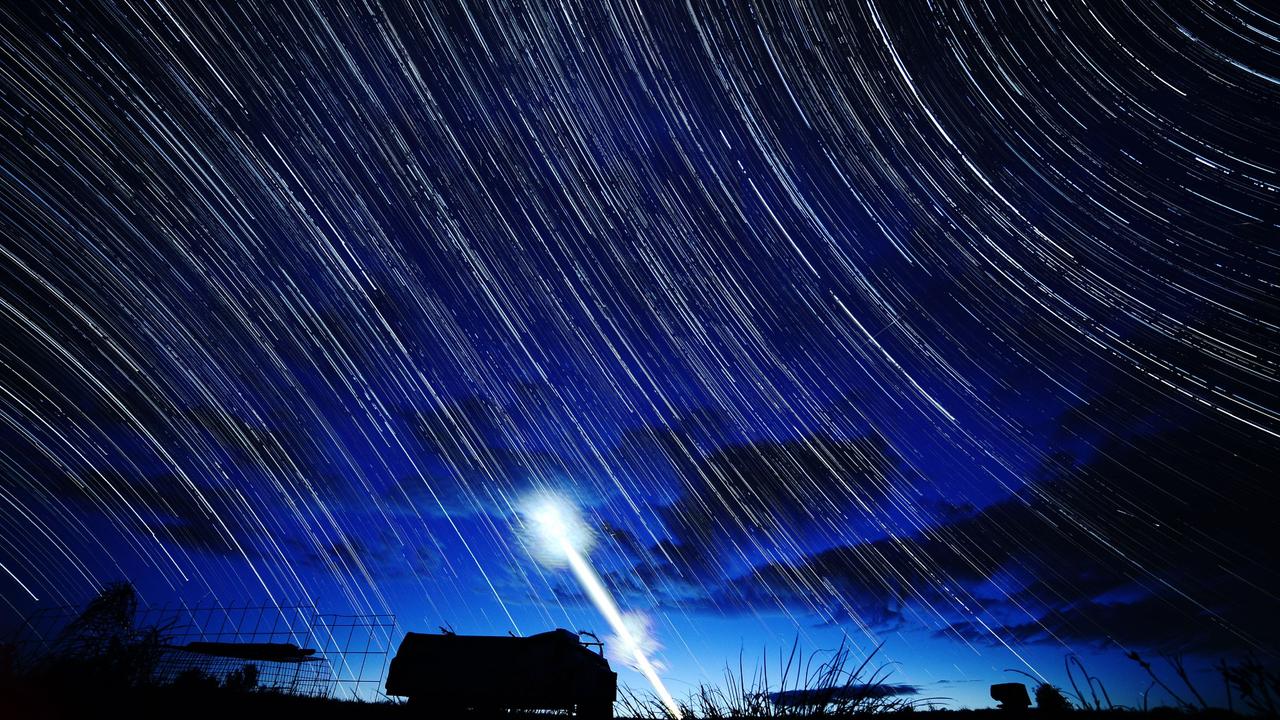
READING LEVEL: GREEN
Both sides of the world will be treated to a cosmic show this month thanks to the voyage of Halley’s comet and the gas of Jupiter.
The yearly Eta Aquariid meteor shower has begun, with stargazers in the Northern and Southern Hemispheres staying up late to watch the dazzling display.
Shooting stars will be streaking across the sky as Earth passes through the dusty debris left in space by Halley’s comet, with the most activity in early May.
But what is a meteor shower and how has Jupiter played a part in this year’s show?
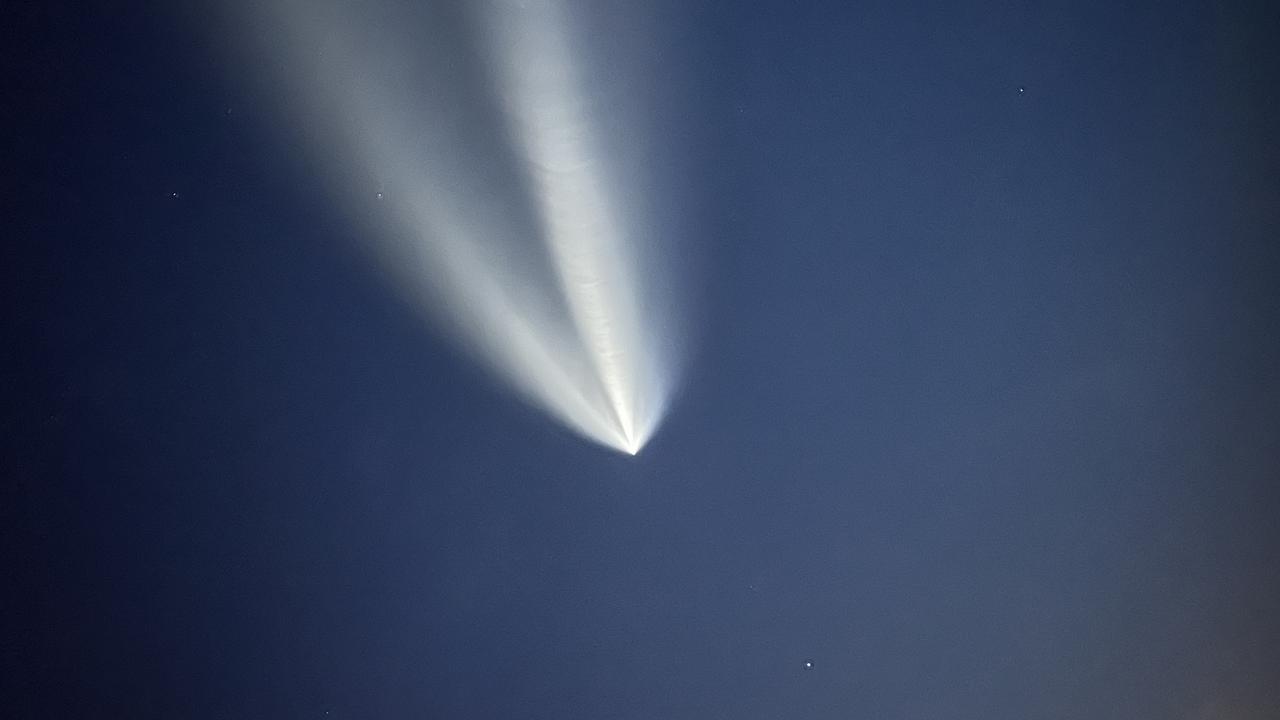
WHAT IS A METEOR?
Meteors are space rocks and other material that burn up as they plummet through Earth’s atmosphere, leaving a bright streak in the sky. They are also called shooting stars or falling stars, even though they aren’t actually stars.
Comets often cause meteor showers because they leave dust and debris as they orbit the sun.
Meteor showers happen yearly or at regular intervals when our planet journeys through trails of this space detritus during its orbit of the sun.
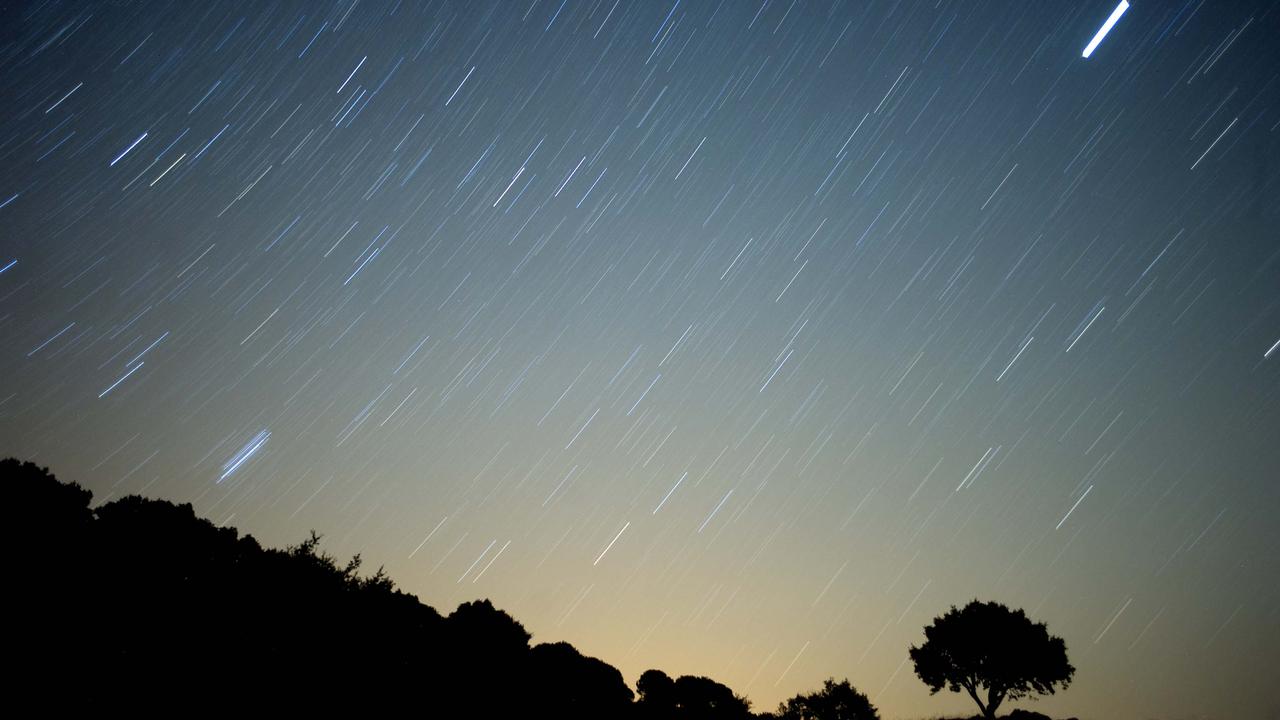
WHY IS IT CALLED THE ETA AQUARIID METEOR SHOWER?
The Eta Aquariid gets its name from the constellation Aquarius and one of its stars Eta Aquarii.
It’s named after these cosmic bodies because the debris that burns up during the shower is in that part of the sky, also known as the radiant of the meteor shower.
Eta Aquarii and the other stars in the constellation have nothing to do with causing the meteors.
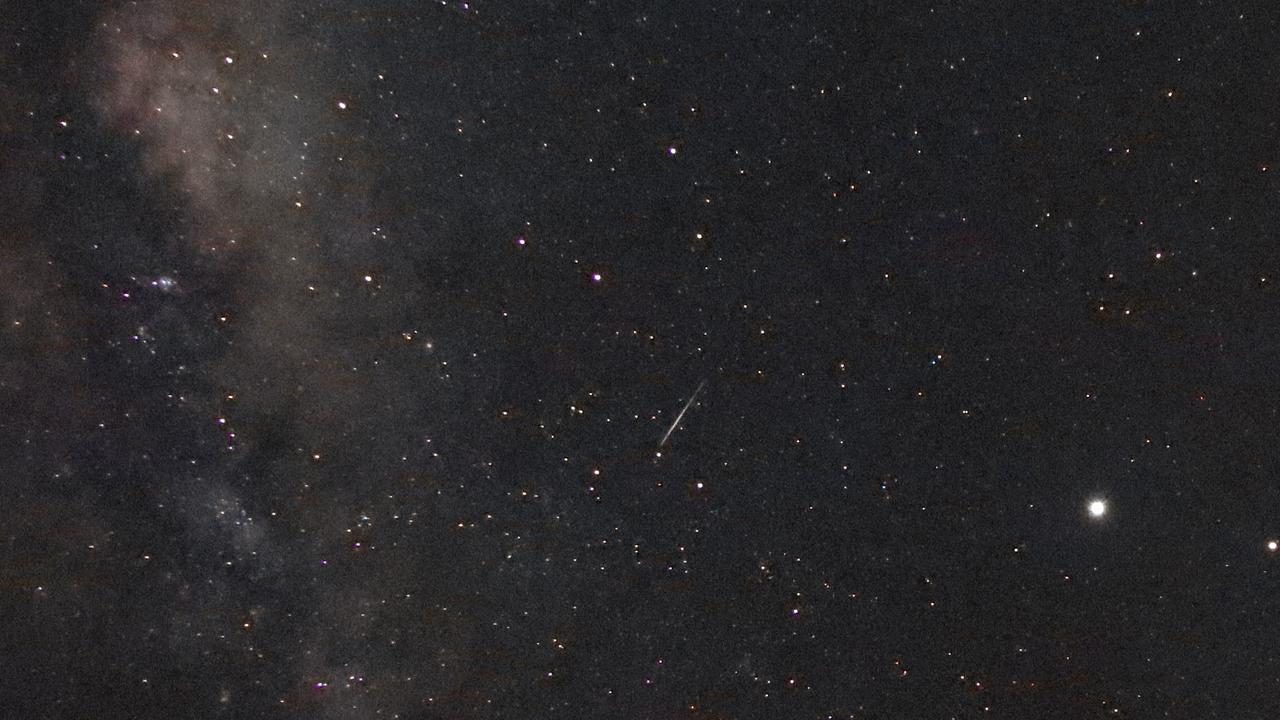
WHEN AND WHERE CAN YOU SEE THE METEOR SHOWER?
According to the American Meteor Society, the Eta Aquariids are active until May 27, with the highest meteor rates from May 1-10, peaking on May 5.
The meteors can be seen a few hours before dawn in both the Northern and Southern Hemispheres.
And lucky Australia: the Southern Hemisphere has a better view because the Aquarius constellation is set higher in the sky here than in the Northern Hemisphere.
Experts recommend viewing the shower in the darkest skies possible because most of the meteor activity is faint, or hard to see with the naked eye.
During the peak of the shower, about 30 meteors can be viewed each hour, according to NASA.
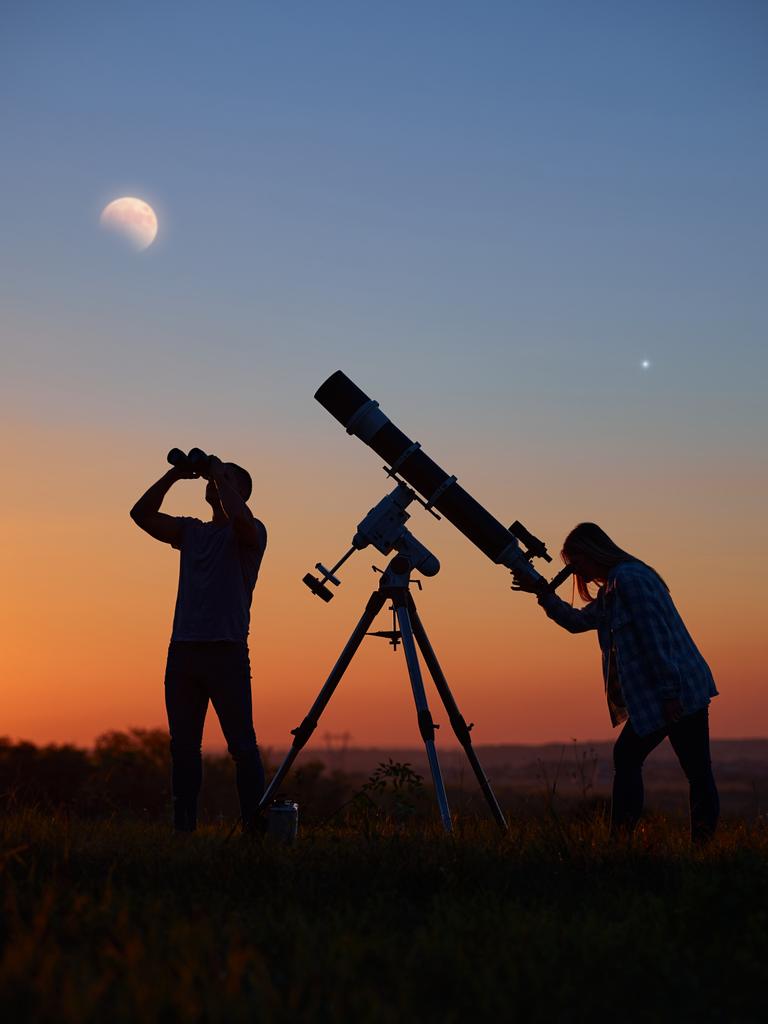
WHAT DOES HALLEY’S COMET HAVE TO DO WITH THIS?
Comets are icy leftovers from the time of the solar system’s formation, made up of rock, dust and ices. As they orbit nearer the sun, they release dust and gases. Halley’s comet, named after English astronomer Edmond Halley (1656-1742) who studied it, is considered the most famous one.
Halley’s comet takes a 76-year orbit around the sun. It was last seen in Earth’s skies in 1986 and will return in 2061, according to NASA. Debris released by Halley’s comet causes the Eta Aquariid meteor shower.
The Orionid meteor shower that peaks in mid-October each year also is caused by debris from Halley’s comet.
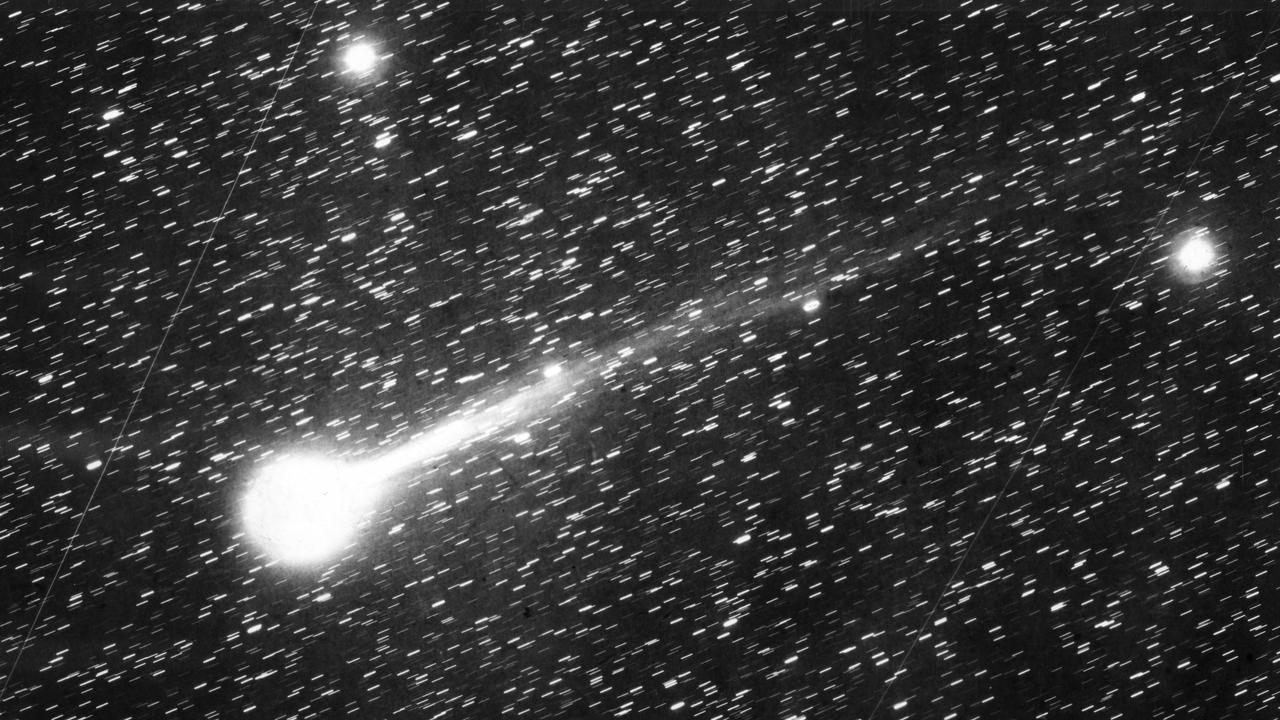
HOW QUICKLY DO THESE METEORS TRAVEL?
According to NASA, Eta Aquariid meteors are very fast, moving at about 238,000 km per hour into Earth’s atmosphere. Such fast-moving meteors can make glowing “trains” lasting from seconds to minutes.
The American Meteor Society said meteors could be even more amazing to watch this year as the giant gas planet Jupiter pushes the debris in a direction closer to Earth.
POLL
GLOSSARY
- debris: pieces of rock left behind from a comet
- constellation: a group of stars that form am easy to recognise pattern
- radiant: a point in the sky where the meteors appear to be coming from when viewed from Earth
EXTRA READING
Orionid meteor shower to dazzle
Glowing meteor fireball lights up Australian sky
Possible meteorite smashes into family home
QUICK QUIZ
1. What causes the Eta Aquariid meteor shower?
2. Why is this year’s shower set to be extra dazzling?
3. Which hemisphere can you best view it from?
4. When is the best time to see it?
5. Why is it called the “Eta Aquariid” meteor shower?
LISTEN TO THIS STORY
CLASSROOM ACTIVITIES
1. Alliteration
The introduction of this news story includes several examples of alliteration – the intentional use of words with the same beginning consonant sounds.
‘Dazzling display,’ ‘shooting stars streaking across the sky’ and ‘dusty debris’ are all mentioned.
Use the news story as inspiration to try some alliteration of your own by writing some tongue twisters.
Here are some words you could use to build upon:
- Jupiter
- comet
- meteor
- star
- gas
Time: allow 20 minutes to complete this activity
Curriculum Links: English
2. Extension
Create a quick reference guide for interested stargazers, titled: How to view the Eta Aquariid meteor shower. Include only the relevant information that will help someone in Australia to have the best chance of seeing this spectacle. Set your guide out in a way that is as quick and easy as possible for your audience to use.
Time: allow 20 minutes to complete this activity
Curriculum Links: English
VCOP ACTIVITY
Read this!
A headline on an article – or a title on your text – should capture the attention of the audience, telling them to read this now. So choosing the perfect words for a headline or title is very important.
Create three new headlines for the events that took place in this article. Remember, what you write and how you write it will set the pace for the whole text, so make sure it matches.
Read out your headlines to a partner and discuss what the article will be about based on the headline you created. Discuss the tone and mood you set in just your few, short words. Does it do the article justice? Will it capture the audience’s attention the way you hoped? Would you want to read more?
Consider how a headline or title is similar to using short, sharp sentences throughout your text. They can be just as important as complex ones. Go through the last text you wrote and highlight any short, sharp sentences that capture the audience.

